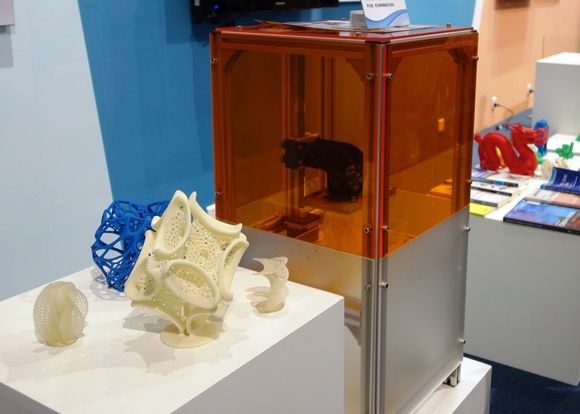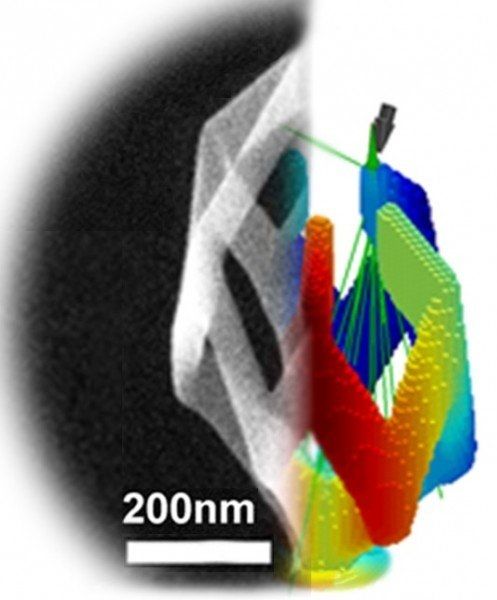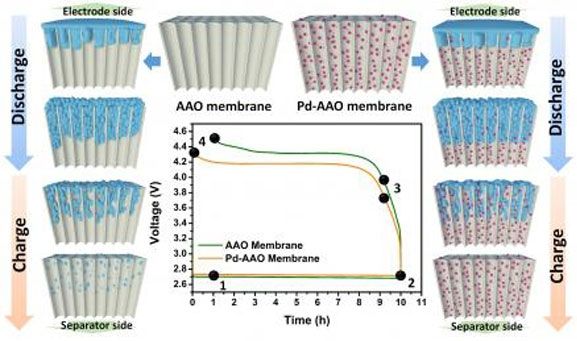Sad for Russia.
President Vladimir Putin and other Russian officials dream of a technological leap that could immediately close the gap between Russia and more advanced economies, as Sputnik did for the Soviet Union. The hyperloop, a kind of train in a tube that can reach speeds of up to 700 mph, fits that dream, and a well-connected Russian businessman has invested in it — only to see the project become embroiled in a lawsuit involving a Silicon Valley startup’s founders and claims of financial mismanagement.
Elon Musk, Tesla’s chief executive, proposed the hyperloop four years ago. This “fifth mode of transport” would involve a system of practically airless tubes through which magnetically levitated pods could carry passengers and cargo. Musk has not set up a company to bring the project to reality, but others have. For example, Hyperloop Transportation Technologies, wants to build a system in Slovakia. Another, Hyperloop One, offered a public demonstration of some elements of its technology in May.
Hyperloop One has seemed the most advanced project, and Russian investors showed an interest from the start. The state-owned Russian Direct Investment Fund took a small stake in the company, but Ziyavudin Magomedov, head of Summa Capital, was the most enthusiastic Russian investor, putting up money for both of the company’s funding rounds.







